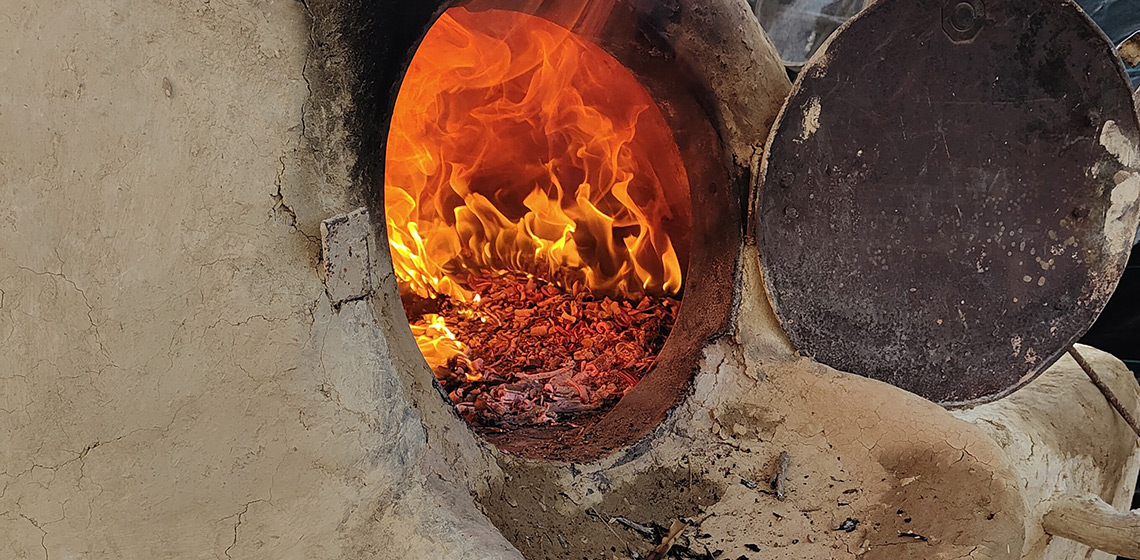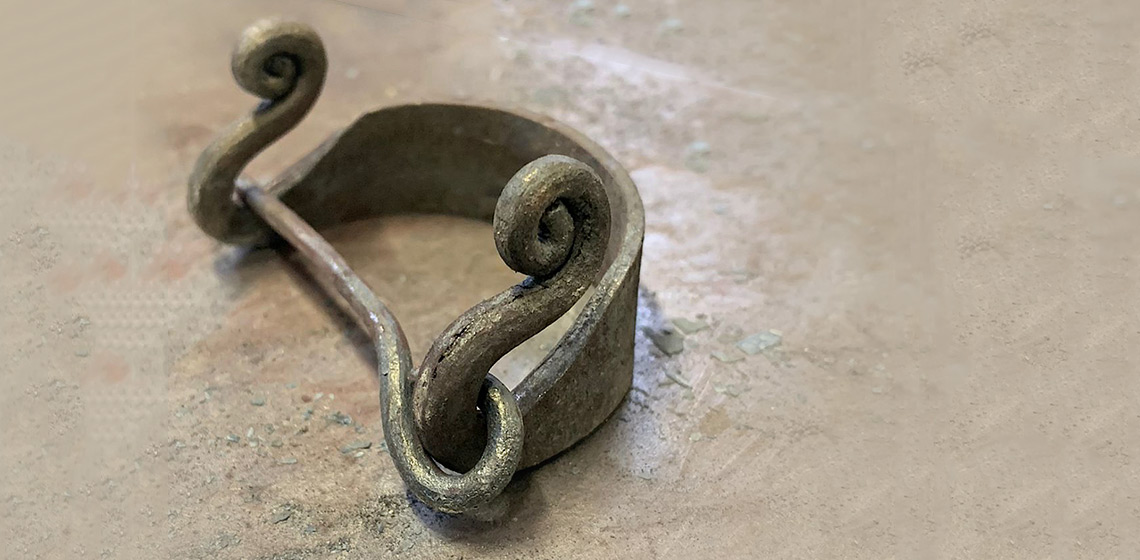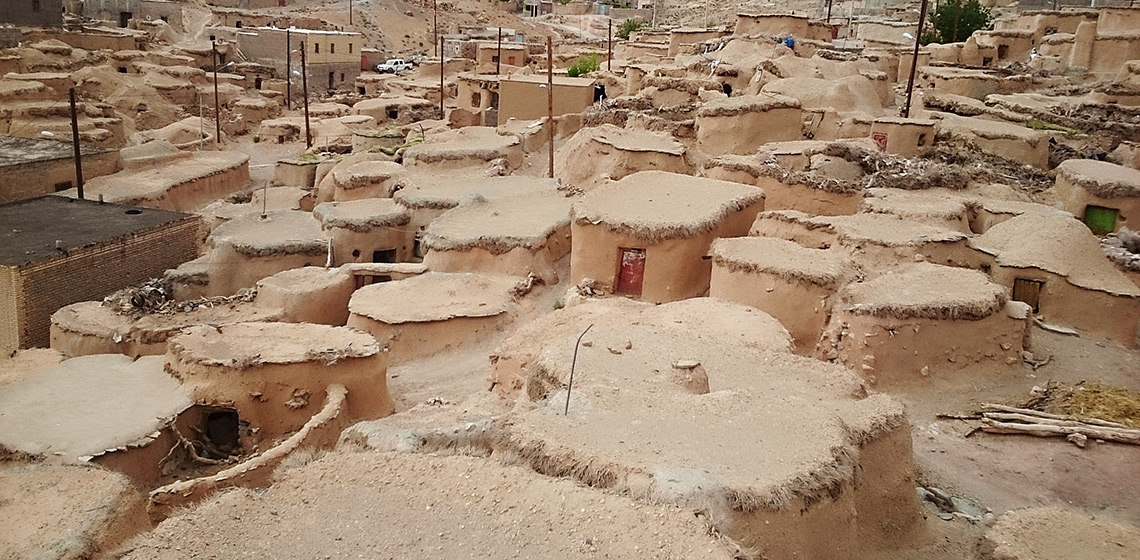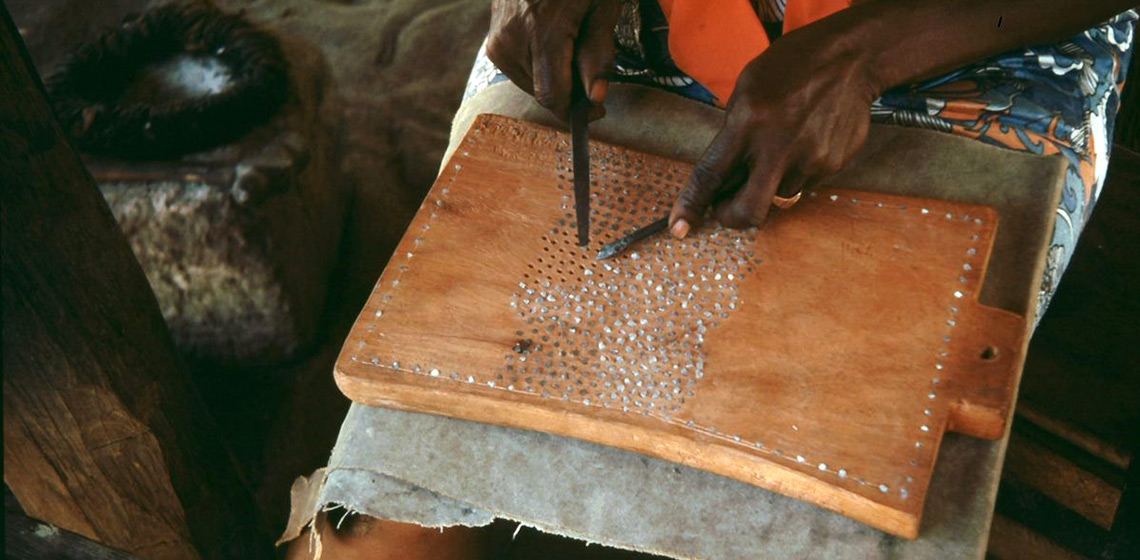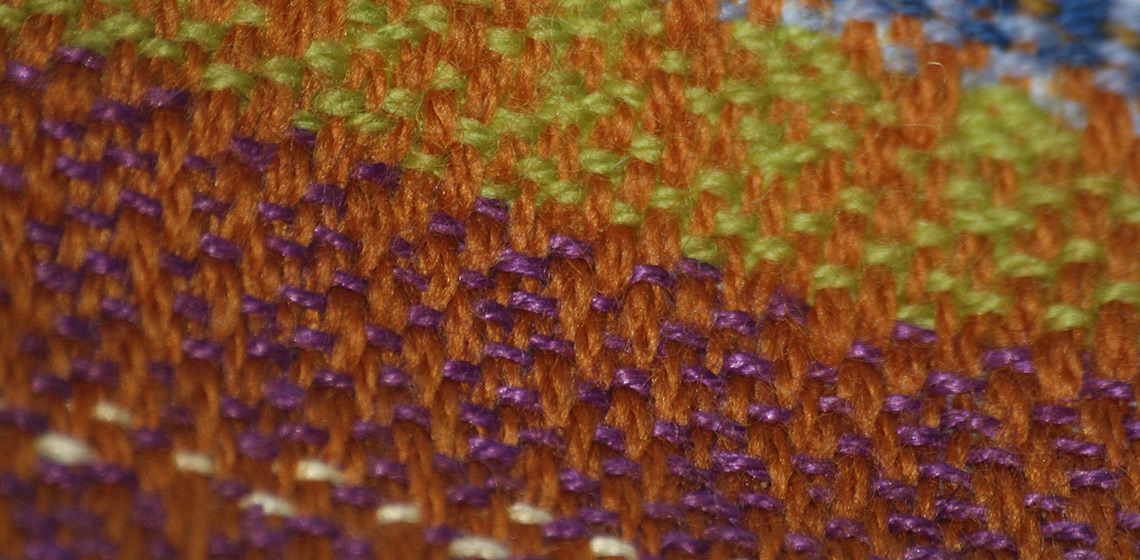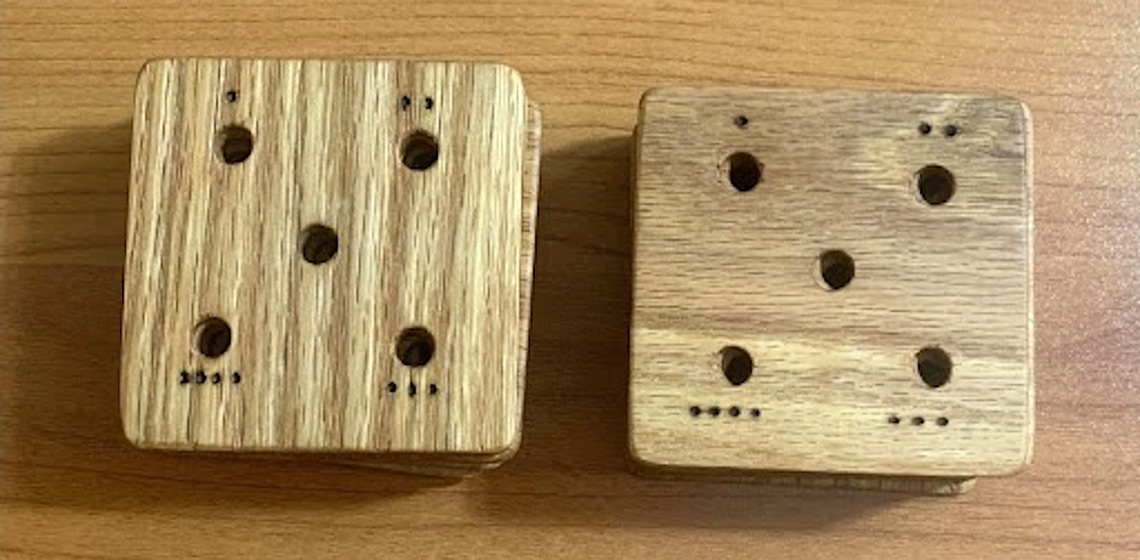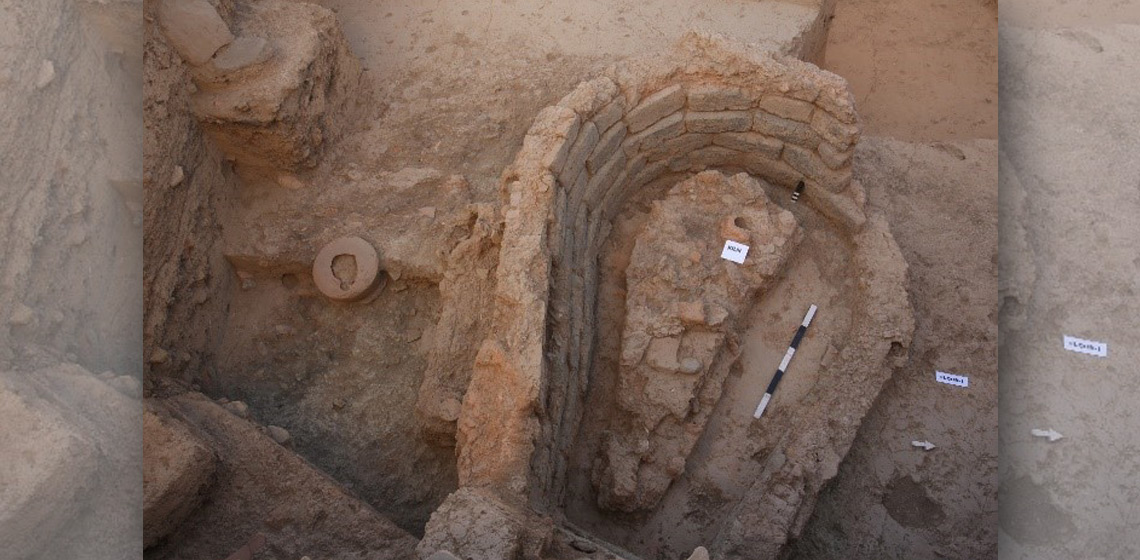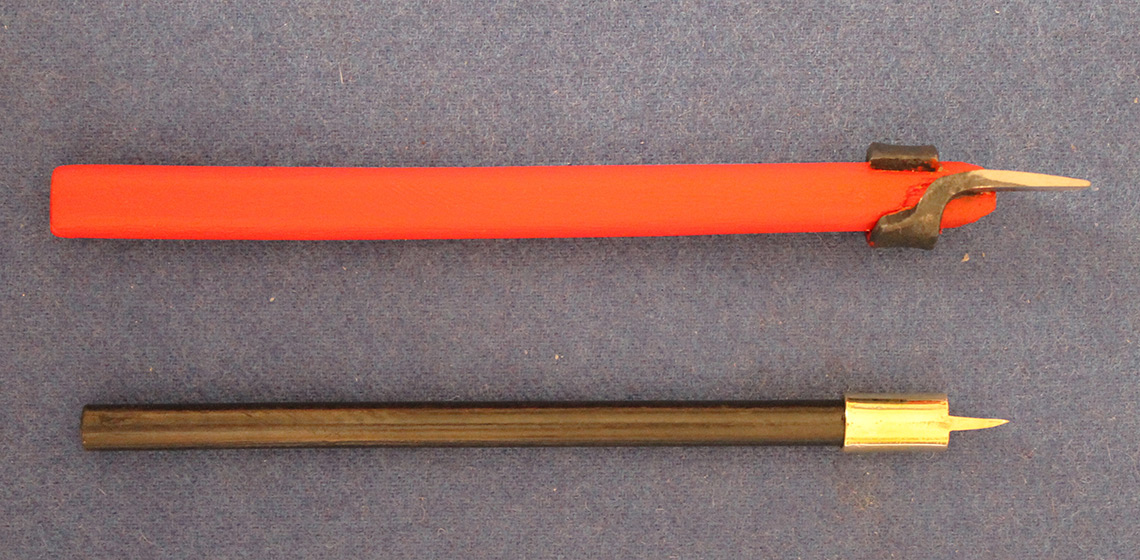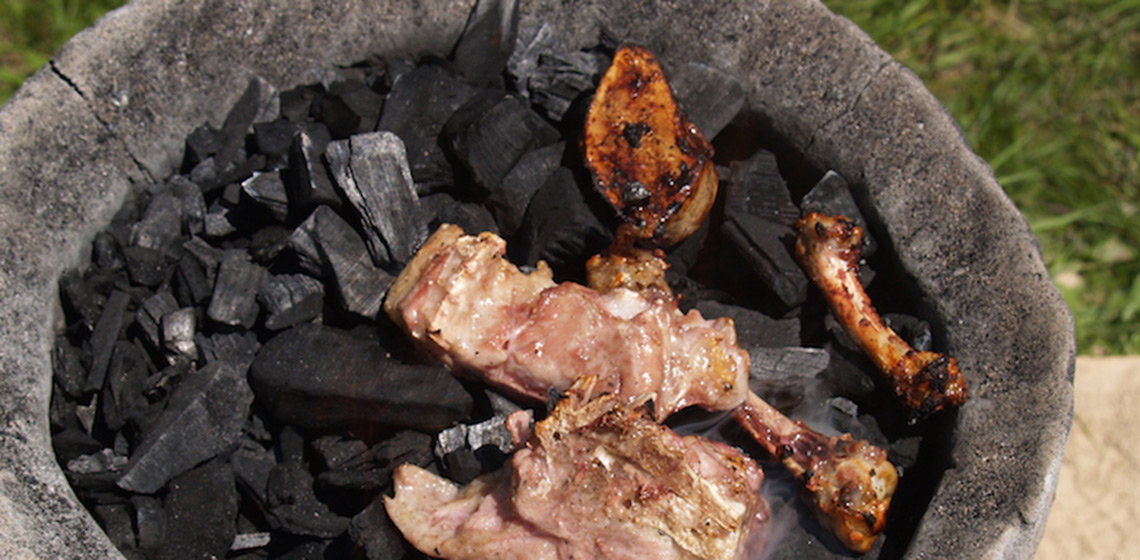Ancient Technology
The Salme Ship Burials
An Ethnoarchaeological Discussion of the Impact of Religion on Architecture in a Remote Iranian Village
An Experimental Exploration of the Earliest Soapmaking
For the Grater, Good: The Value of Informal Experiments for Understanding Bipolar Flaking and Manioc Grater Teeth
Is it Possible to Weave 8.end Satin with 5 Rods on a Warp-weighted Loom?
Tarquinia’s Tablets: a Reconstruction of Tablet-Weaving Patterns found in the Tomb of the Triclinium
Reconstructing the Pyrotechnological Development of the Harappans Using Ethnoarchaeological Parallels in The Region of Ghaggar, India
The Making of Roman Metal Ink Pen Nibs
“Look at the Bones!” - Adding Bone in a Bloomery Iron Smelt
Introduction
“Vikings unwittingly made their swords stronger by trying to imbue them with spirits.
Iron Age Scandinavians only had access to poor quality iron, which put them at a tactical disadvantage against their neighbors.
To strengthen their swords, smiths used the bones of their dead ancestors and animals, hoping to transfer the spirit into their blades.
They couldn't have known that in so doing, they were forging a rudimentary form of steel.“
Matt Davis (2019)

